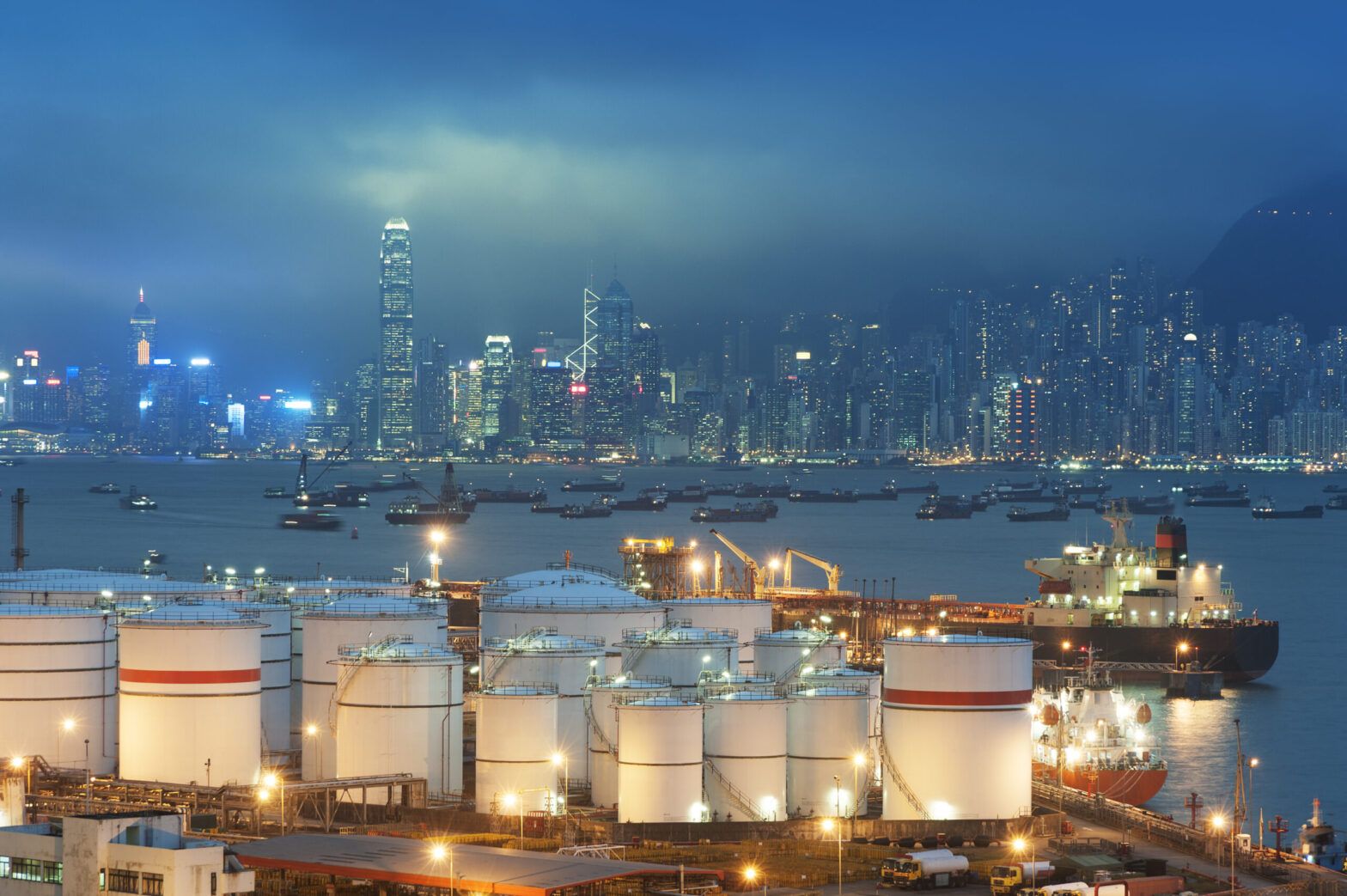China’s choices around net zero and COP26 have kept the world on the edge of its seat, and investors have been keenly watching the nation’s direction of travel on climate.
But, overall, the view from the industry on China’s climate commitments seems to be one of disappointment and confusion. The nation’s leadership did not attend the UN conference in Glasgow, it refused to join an agreement to limit methane and when negotiating the COP pact China and India won a change of wording from coal “phase out” to “phase down.” Then China and the US unexpectedly declared they would boost climate co-operation.
Despite the mixed signals in policy, the move towards the green transition in private finance in Asia continues; this week, Bin Yuan Capital announced it would become the first Net Zero Asset Managers Initiative signatory in China.
Reallocation of assets
Rong Ren Goh, portfolio manager, fixed income at Eastspring Investments noted Asia will be “meaningfully impacted” by financial services’ increasing alignment with net zero by 2050.
“The pullback of funding from carbon intensive projects, towards more sustainable activities will likely accelerate, particularly from larger emitters such as China and India. We will see a major reallocation of assets which will influence the behaviours of participants in this value chain, issuers and investors alike,” he said.
He cited opportunities opening up in renewables, electric vehicles (EVs), infrastructure, low carbon technologies and agriculture.
Eastspring itself, Goh said, will be supporting the green transition by developing a comprehensive range of Asia-focused ESG investment strategies.
Activist investors
Jake Nilsson, Federated Hermes head of APAC distribution, said he hopes progress on sustainable finance in the region will not begin and end with new products.
“Whilst we have seen an uptake from APAC investors into sustainable products, we would hope to see this increase and move a step further into strategies that would not only engage on all the portfolio holdings (which we already do) but will take more of an activist investor role if those engagement conversations are not delivered on within a reasonable time frame, something we could explore ourselves in the future,” commented Nilsson.
ESG trade-offs
For investors looking to China and India’s insistence on rewording the coal phase out to a coal phase down, Alberto Matellán, chief economist at MAPFRE, said it is worth remembering that sometimes there is a necessary trade-off between social and environmental factors.
“As investors, we integrate both social and environmental issues at the same levels, like governments must do, and sometimes there must be trade-off between them.
“For example, there are certain regions or countries that would be much poorer than they are now if we remove every fossil fuel energy from that area. They simply do not have alternatives.
“In this sense, the Chinese and Indian governments may think that their societies are facing more urgent issues, and thus, paradoxically, committing to too ambitious climate goals would prevent them from improving their social wellness enough to reach them.”
Problems and solutions
Kathlyn Collins, head of ESG at Matthews Asia, is confident asset managers will continue to see plenty of opportunities for investing in environmental issues in China which is responsible for 27% of global carbon emissions.
“China needs to reform its energy mix, and drastically improve energy efficiency for industrial companies. Growing transition fuels like natural gas and the infrastructure that goes along with that are important. The country needs to promote green lifestyles, and ramp up its carbon capture/storage technology.
“Over the last decade, China spent twice more than the US on climate action and has greatly outpaced the US in terms of installed renewables capacity, but has still not been fast enough, so this will continue to represent a huge growth area, with opportunities in renewables, electrification etc. as the country transitions to a low-carbon economy.”
Stamping out coal
Collins took stock of China’s recently “upgraded” national climate plans in which it has now said it will reach peak carbon emissions before 2030, getting to 25% non-fossil energy by 2030 (up from the prior 20%) and no longer financing new coal power schemes overseas.
She said investors should look at how the country’s pledge to get to a low-carbon economy will play out in terms of technologies, industrial efficiency upgrades and daily life. Like Goh, Collins predicts further growth in green transport as China is the largest and fastest growing market for EVs – aiming for 40% of new vehicles sales to be electric by 2030.
With power generation and industry accounting for about 75% of the emissions in China, the head of ESG added a low-carbon economy in China can only be realized with less reliance coal power, or if the country becomes more services-driven. She commented that China is dominating the battery space and innovating more sustainable battery materials.
Collins precited China’s recent energy crunch and reversion to coal power would not be a barrier to the nation’s long-term climate goals, but was instead likely to speed up the adoption of new technologies in its low-carbon transition.








